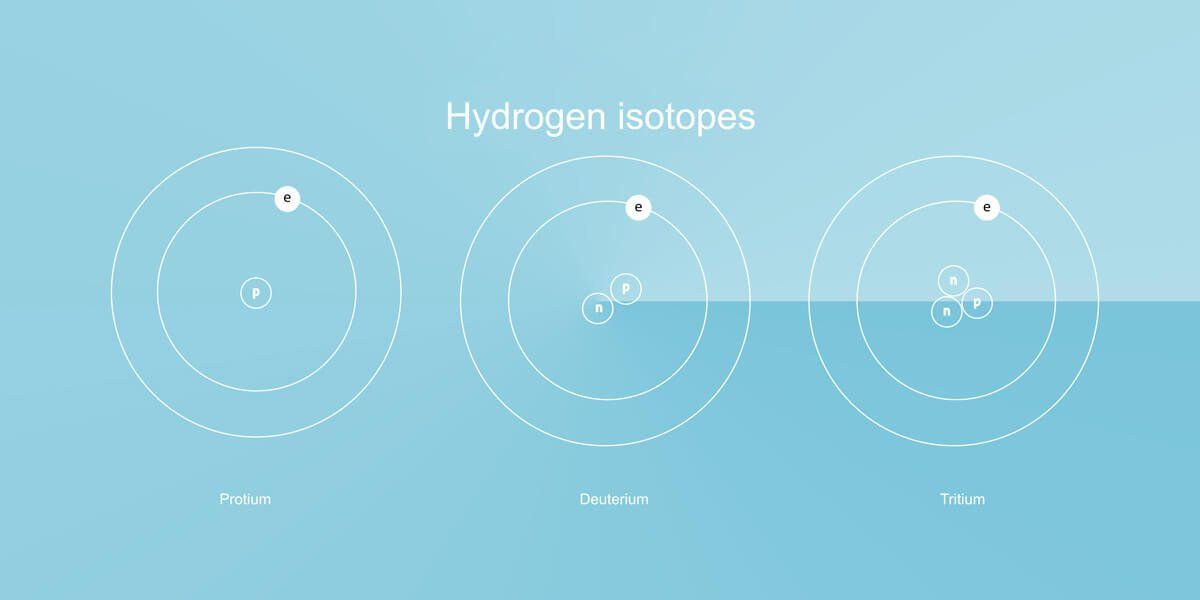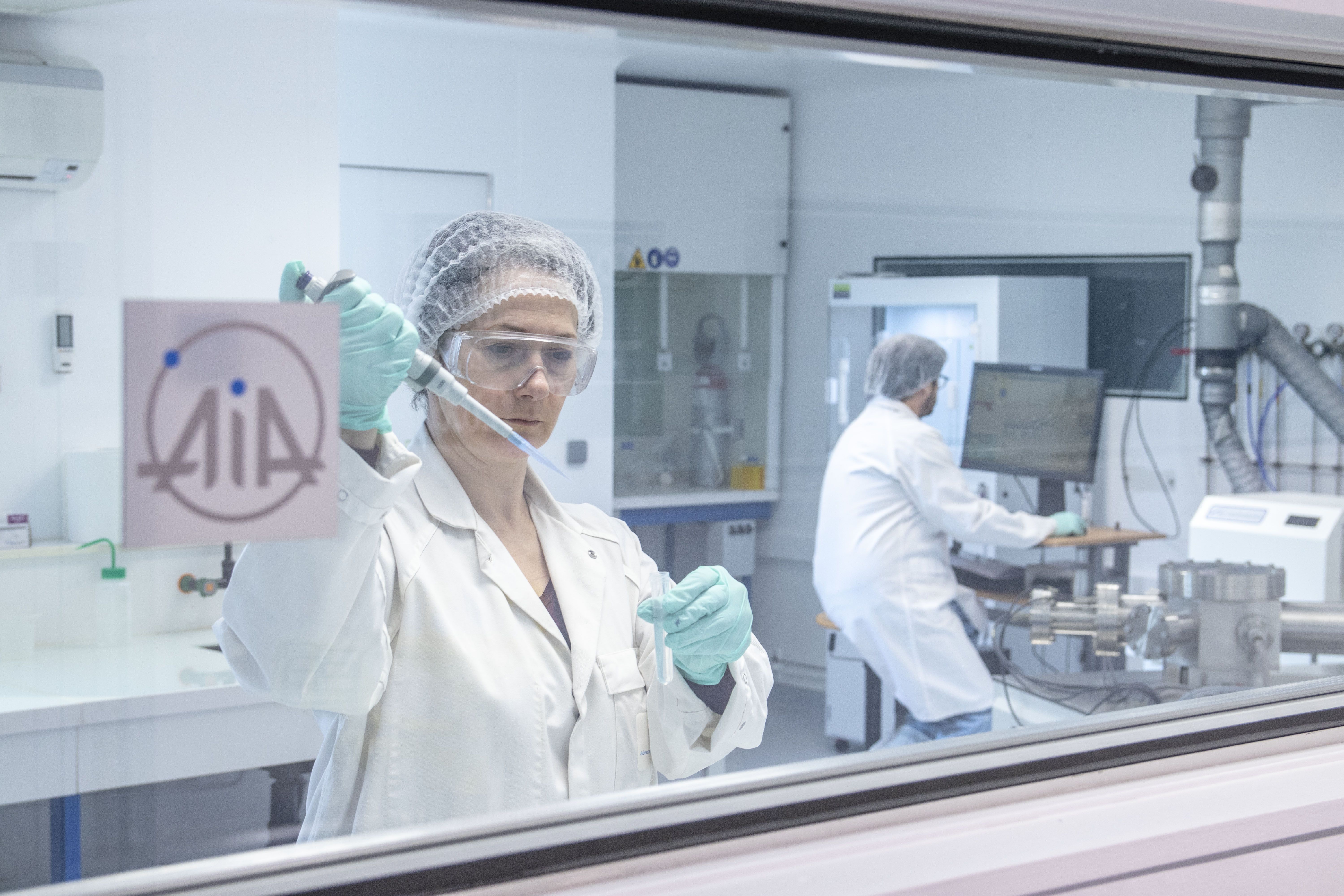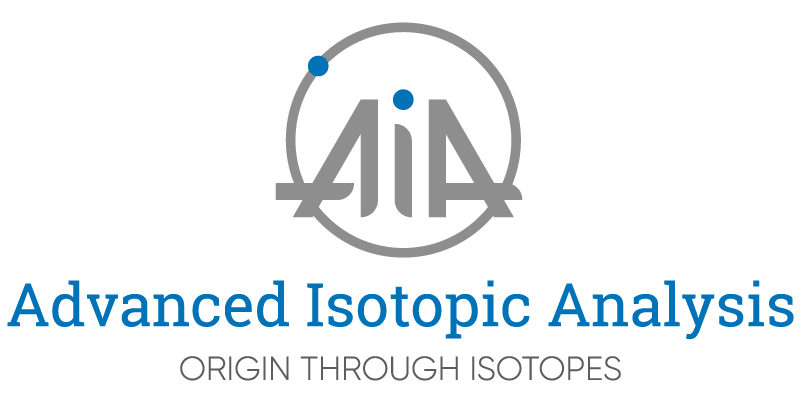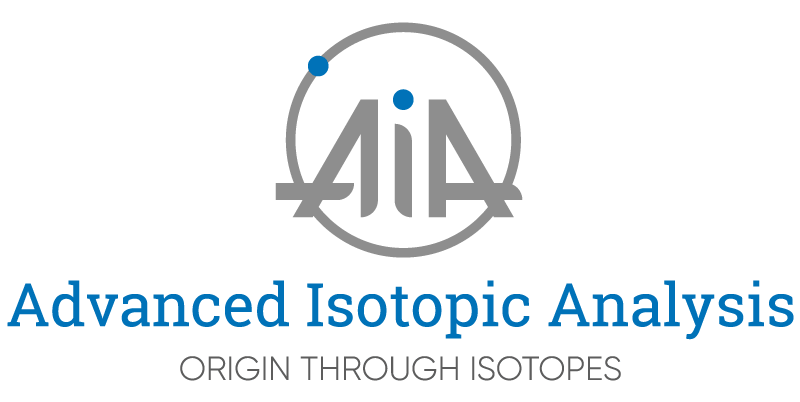Welcome to Advanced Isotopic Analysis
Origin through isotopes
We offer innovative isotope analysis, helping you to fully understand and validate the origin of your products, as well as providing strategic data on traceability to help addressing environmental issues.
Get in touchAiA joins Oritain and strengthens its services in scientific control of origin and traceability
November 2025 : Big news for AiA !!!
After eight exhilarating years as an innovative start-up, we are joining Oritain, a global leader in forensic origin verification.
Oritain’s proprietary methodology forensically verifies the origin of products and raw materials. Their verification programs are trusted by leading organizations across industries as diverse as fashion, cotton, coffee, horticulture, meat, and dairy.
Joining Oritain marks a strategic and exciting milestone for AiA. It aligns perfectly with our original vision, maintaining science and innovation in the core of our development.
“We are particularly proud to contribute to the valuation of French research and to anchor our activity in the industrial ecosystem of Pau and its region.” — Sylvain Bérail, co-founder and CEO
This integration, together with Isotrace (New Zealand), Imprint (Austria) and Agroisolab (Germany), allows us to leverage the strengths of a connected global network, expand our analytical capabilities, and accelerate access to origin verification programs for customers across key sectors such as agri-food, luxury, energy, and critical minerals.
For more information on Oritain, visit the website: oritain.com
Who are we?
How can isotopic signatures
identification help?
our mission
Environmental issues
Authentication and traceability of products
How the process works?
Our Method

What is an isotopic signature?
Molecules are composed of certain chemical elements, each of which has a unique isotopic composition. Thanks to this isotopic signature, we are able to determine with high precision and accuracy the origin, age and/or processes undergone by an element.
The natural isotopic compositions of a product are the results of different external parameters, such as its primary origin and the physical, chemical or biological processes that affect it. These factors can act as a marker of origin and gives extensive indications as to the history of a product.
All the information needed to track the origin is already present in your product.

Which isotopes can be analysed?
We offer analysis on “non-traditional” stable isotopes from elements such as Mercury (Hg), Lead (Pb), Strontium (Sr), Iron (Fe), Copper (Cu), Lithium (Li) or Boron (B). However, this is a non-exhaustive list, so whatever your request, we will be happy to help.
The team here at Advanced Isotopic Analysis has a specific expertise with heavy elements - particularly Mercury (Hg). For this last example, this means we can propose reliable analyses able to precisely track Mass Dependent Fractionation (MDF) and Mass Independent Fractionation (MIF) processes. These specific signatures allow a better understanding of both sources and pathways of Mercury (Hg) in the environment.
Furthermore, we have a world-leading level of know-how and analytical methodologies, allowing us to provide accurate and precise analysis, no matter the situation. This includes offering high-precision measurements, working with very small samples or at very low concentrations - we can even measure the isotopic signature of Mercury (Hg) in rain water.

Elemental concentrations
Prior to isotopic analysis, it is first necessary to determine the precise concentration of the targeted element.
Our team is able to deliver quantitative trace element analysis, which can also be used as a complementary tool to characterize processes and origins.
All samples are analysed for total metal concentration prior to checking for isotopic selective signatures.

Mass spectrometry techniques
We are equipped with high-end ICP-MS spectrometers (Inductively Coupled Mass Spectrometry), Quadrupole ICP-MS (ICP-QMS) and multi-collector ICP-MS (MC-ICP-MS).
The ICP-QMS is used to determine elemental concentrations, whereas the MC-ICP-MS, following careful sample purification, allows for measuring the isotopic composition with ultimate precision (down to 0.003%).



